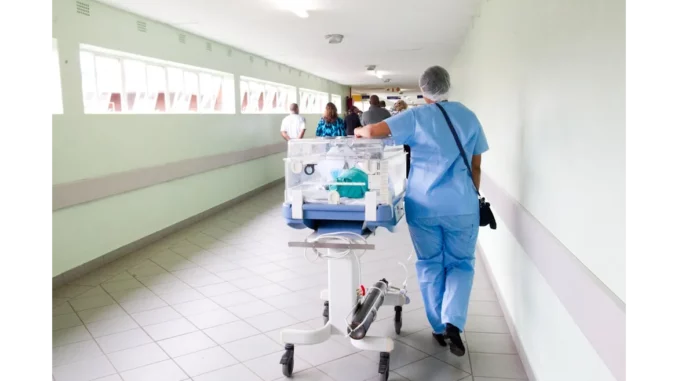
The cleft lip surgery market is undergoing remarkable advancements, addressing a pervasive healthcare challenge that impacts millions across the globe. To gain deeper insights into the evolution and future prospects of this market, I recently engaged in a discussion with Dr. Emily Carter, a distinguished paediatric craniofacial surgeon at the Children’s Hospital of Philadelphia. Renowned for her expertise and significant contributions, Dr. Carter provides a compelling perspective on the progress within this field.
“The trajectory of cleft lip surgery has transformed significantly over the years,” Dr. Carter remarked, her voice infused with both enthusiasm and commitment. “From the rudimentary surgical procedures of the past to the sophisticated techniques we employ today, the emphasis has consistently been on enhancing patient outcomes and quality of life.” Cleft conditions, congenital deformities affecting the lip and palate, pose both functional and aesthetic challenges. According to Dr. Carter, the market’s expansion is largely driven by a growing demand for comprehensive solutions that tackle these challenges directly. “Parents now seek more than a temporary remedy. They desire holistic treatments that enable their children to lead normal, fulfilling lives,” she stated.
One of the most remarkable advancements in recent years has been the introduction of biocompatible materials, which have significantly enhanced surgical success rates. Dr. Carter explained how these materials are transforming outcomes. “Biocompatibility is essential because it minimises the risk of postoperative complications. When the body accepts these materials, it results in fewer infections and expedited recovery times,” she elaborated. Indeed, the market’s anticipated growth from USD 467.9 million in 2023 to USD 858.5 million by 2034 underscores the impact of such innovations and the enhanced accessibility to surgical care. Dr. Carter attributes this expansion to technological advancements and heightened awareness of cleft conditions through global campaigns. “There is a concerted effort to ensure that more individuals, particularly in underserved regions, have access to necessary surgical interventions,” she added.
Technological advancements are a driving force behind this progress, with 3D imaging and printing taking centre stage. Dr. Carter expressed her enthusiasm for these technologies, which allow for unparalleled precision in surgical planning. “We can now create models of a patient’s craniofacial structure, enabling us to tailor the surgical approach to meet their specific needs,” she explained. This level of personalisation not only enhances aesthetic outcomes but also ensures the functional aspects of the surgery are effectively addressed. Furthermore, telemedicine has emerged as a crucial tool, especially in remote areas where access to specialists is limited. “Through telemedicine, we can conduct preoperative evaluations and postoperative follow-ups without requiring patients to travel long distances,” Dr. Carter noted. This innovation is particularly valuable in bridging the healthcare gap in rural and developing regions.
However, the path to market expansion is not without its challenges. Dr. Carter acknowledged the obstacles of high treatment costs and the shortage of skilled professionals in certain areas. “These are substantial barriers that must be overcome. It’s about making strategic investments in training and infrastructure to ensure equitable healthcare delivery,” she emphasised. Despite these challenges, the potential for growth remains significant, particularly in developing regions where healthcare infrastructure is improving rapidly. International collaborations have been instrumental in building capacity. “We collaborate closely with local healthcare providers to train their teams and share best practices,” Dr. Carter highlighted, stressing the importance of such partnerships in expanding access to care.
Looking forward, Dr. Carter is optimistic about the future of cleft lip surgery. “Robotics and artificial intelligence are on the horizon, with the promise of refining surgical precision even further,” she predicted. Moreover, she emphasised the necessity of integrating holistic care models, which include psychological support and speech therapy, to enhance patient recovery and quality of life. As our conversation drew to a close, Dr. Carter reiterated her dedication to driving change in the cleft lip surgery market. “It’s not just about the surgery itself; it’s about the entire journey and ensuring that patients receive the comprehensive care they deserve,” she concluded passionately.
The cleft lip surgery market is undeniably on an upward trajectory, propelled by breakthroughs in biocompatible materials, technological innovations, and a global commitment to improving accessibility and affordability. As we look towards 2034, the potential for sustained growth and success in addressing this significant healthcare challenge is both promising and inspiring. Leaving my conversation with Dr. Carter, I felt a renewed sense of hope for the millions affected by cleft conditions. With continued dedication and innovation, the future of cleft lip surgery appears brighter than ever.


Be the first to comment